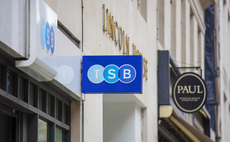Botched IT platform migration costs included compensation, fraud, additional resources - and the job of CEO Paul Pester
TSB's IT meltdown in spring last year cost £330.2 million in total, according to the bank's 2018 annual results, contributing to a £101 million annual net loss. The losses would have been higher...
To continue reading this article...
Join Computing
- Unlimited access to real-time news, analysis and opinion from the technology industry
- Receive important and breaking news in our daily newsletter
- Be the first to hear about our events and awards programmes
- Join live member only interviews with IT leaders at the ‘IT Lounge’; your chance to ask your burning tech questions and have them answered
- Access to the Computing Delta hub providing market intelligence and research
- Receive our members-only newsletter with exclusive opinion pieces from senior IT Leaders




















